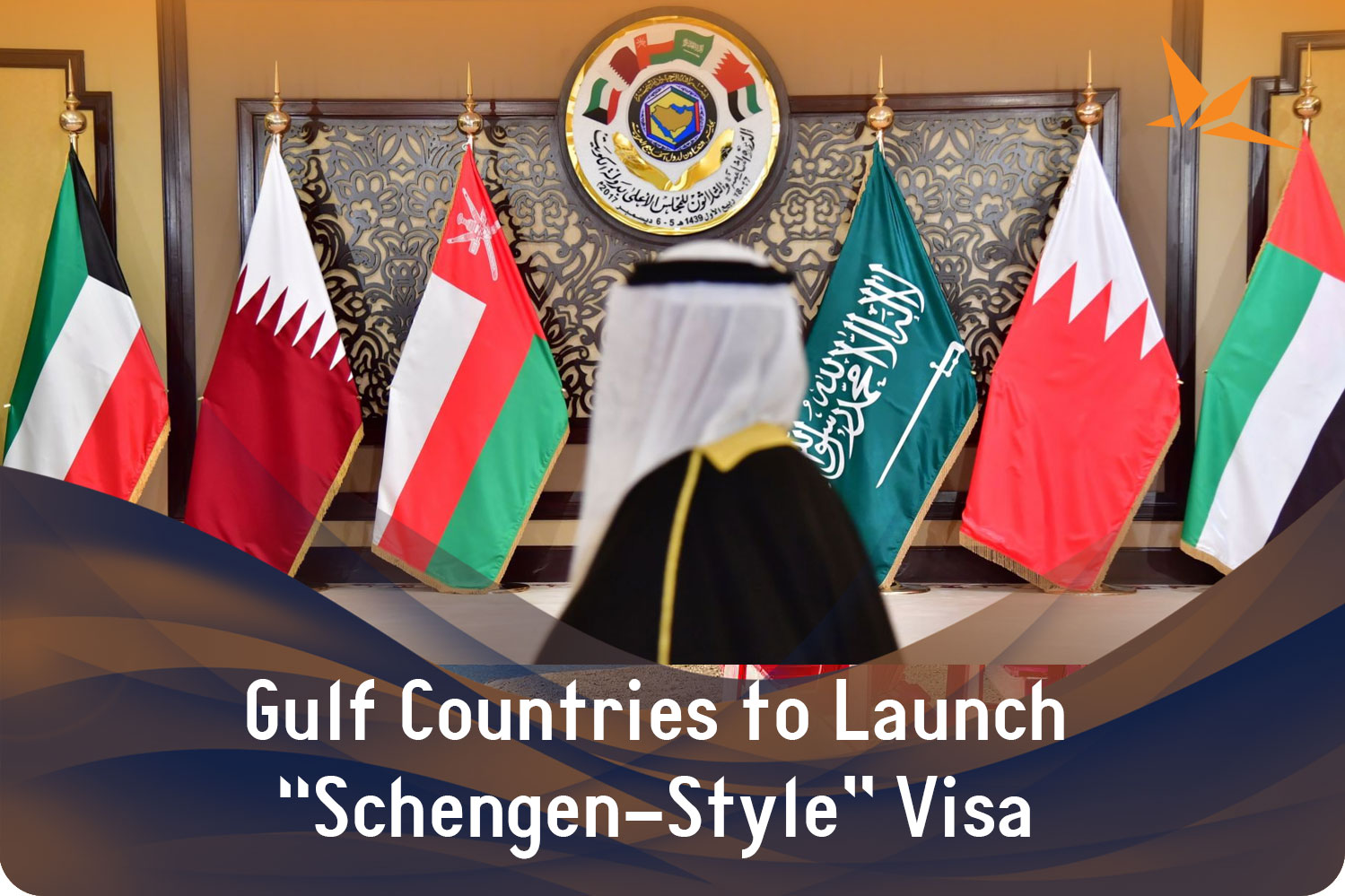
The Gulf Cooperation Council (GCC) is preparing to roll out a Schengen-style unified tourist visa that will completely transform travel across the Middle East. For millions of travelers who currently apply separately for a Dubai visa, UAE visa, Saudi visa, Qatar visa, Bahrain visa, or Oman visa, this new system will make visiting the Gulf simpler and more connected than ever before.
The unified permit, often referred to as the “GCC Grand Tours Visa,” is expected to launch in late 2025, allowing tourists to move freely between all six GCC nations on a single visa — just like Europe’s Schengen visa system.
What Is the GCC Schengen-Style Visa?
The new Gulf visa will operate much like the European Schengen visa, offering short-term entry to multiple countries under one authorization. It’s designed to make cross-border travel easier for tourists and business travelers, while promoting the Gulf as a single, interconnected tourism destination.
Once launched, the unified visa will cover six countries:
- United Arab Emirates (UAE)
- Saudi Arabia
- Bahrain
- Qatar
- Oman
- Kuwait
This means that a traveler entering through Dubai could easily continue their journey to Riyadh, Doha, Muscat, or Manama without applying for multiple separate visas.
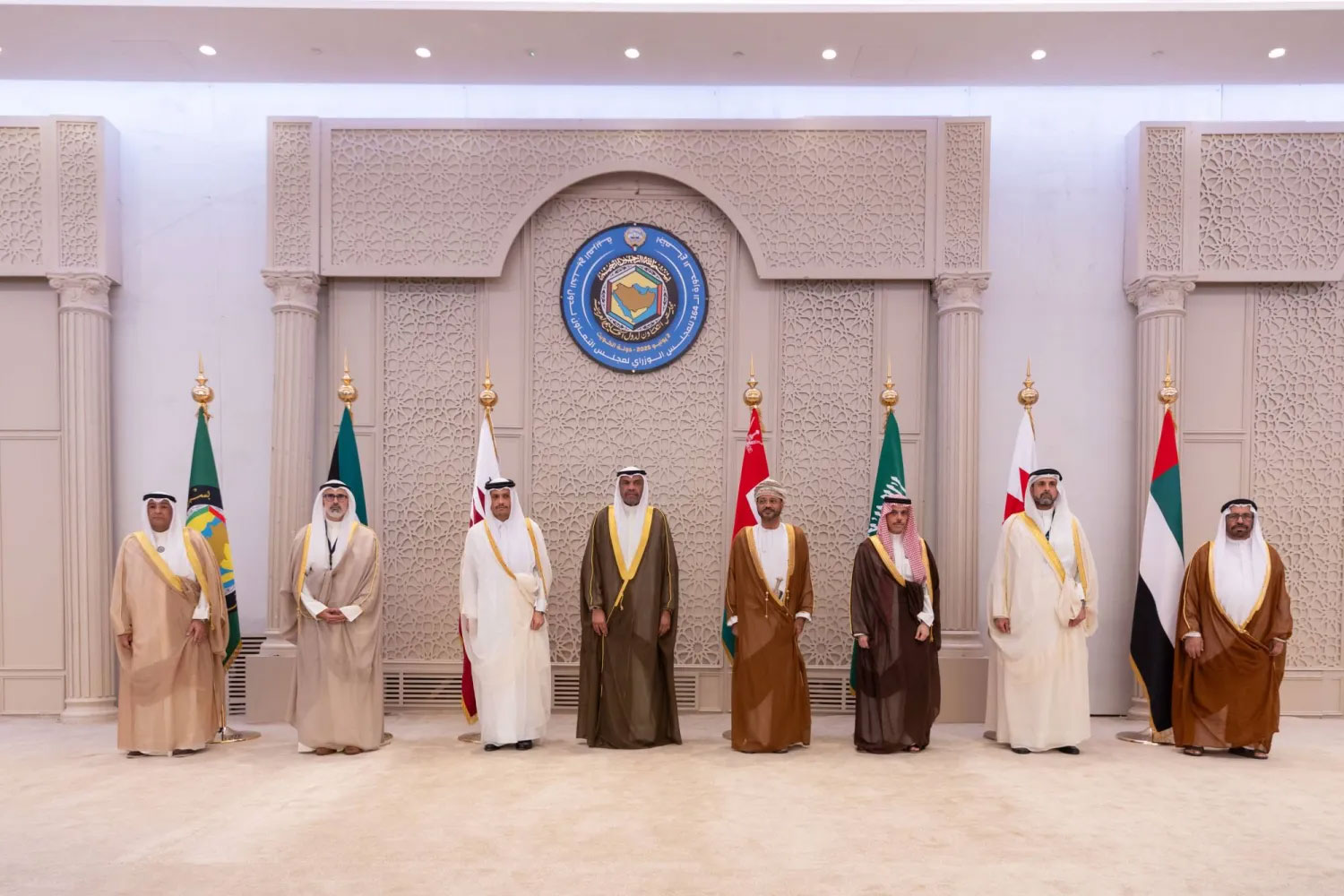
How This Affects Your Dubai Visa and UAE Visa Applications
For those used to applying for a Dubai visa or UAE visa for their Gulf holidays, this change is massive. Instead of applying for each country separately, travelers will apply once for a unified GCC visa that gives them access to all participating states.
The Dubai visa will likely become a part of this new system, meaning entry through Dubai International Airport could automatically allow travel throughout the Gulf region. The UAE, being a major tourism hub, is expected to serve as one of the key entry points for the new unified visa.
Until the new system is officially launched, travelers should continue using the existing UAE visa application process.
What It Means for Saudi Visa, Bahrain Visa, Qatar Visa, and Oman Visa
For travelers heading to Saudi Arabia, Bahrain, Qatar, or Oman, the new GCC unified visa offers exciting convenience. Currently, each country has its own visa portal and rules — applying separately for a Saudi visa or Qatar visa can take time and planning.
Once the unified visa is implemented, a visitor arriving in one country — say, Saudi Arabia — can seamlessly travel to neighboring states like Qatar, Bahrain, or Oman without additional visa applications.
This change is expected to boost tourism across the region, encouraging visitors to explore multiple destinations in one trip, such as:
- A weekend in Dubai
- A cultural experience in Muscat
- A sporting event in Doha
- A heritage visit in Riyadh
Schengen Visa Inspiration — How the GCC Model Compares
The idea mirrors Europe’s Schengen visa, which allows travelers to move freely between 27 European countries under one entry permit. Similarly, the GCC visa aims to streamline travel, encourage longer stays, and make the Gulf region more competitive with other multi-country destinations like Europe or Southeast Asia.
However, there will still be some differences. Each Gulf country will maintain its own security procedures and immigration checks. The unified visa will mainly be for tourism and short visits, not for long-term work or residence.
| Country | Currency (ISO) | Main International Airport | Airport Passengers (Latest) | International Visitor Arrivals (Latest) | Tourism Notes |
|---|---|---|---|---|---|
| United Arab Emirates (UAE) | Emirati Dirham (AED) | Dubai International Airport (DXB) | ~92.3 million passengers | ~18.7 million international visitors | The UAE remains the GCC’s top tourism hub, led by Dubai’s record-breaking tourist and passenger numbers. Abu Dhabi and Sharjah are also major contributors. |
| Qatar | Qatari Riyal (QAR) | Hamad International Airport (DOH) | ~52.7 million passengers | ~5.0 million international visitors | Qatar has grown steadily post-World Cup, focusing on leisure and MICE tourism. Doha serves as a major global air transit hub. |
| Saudi Arabia | Saudi Riyal (SAR) | King Abdulaziz (JED), King Khalid (RUH), King Fahd (DMM) | ~128 million total passengers (69M international, 59M domestic) | ~29.7 million inbound international visitors | Saudi Arabia is experiencing a tourism boom driven by Vision 2030, with strong growth in Umrah, leisure, and business travel. |
| Oman | Omani Rial (OMR) | Muscat International Airport (MCT) | Rapidly increasing passenger traffic | ~3.8–3.9 million international visitors | Oman focuses on nature and heritage tourism, with sustainable growth in inbound travel and adventure tourism. |
| Bahrain | Bahraini Dinar (BHD) | Bahrain International Airport (BAH) | Rising traffic, recovering post-pandemic | ~14.9 million international visitors | Bahrain’s tourism growth is fueled by GCC travelers, events, and investment in leisure and hospitality. |
| Kuwait | Kuwaiti Dinar (KWD) | Kuwait International Airport (KWI) | Moderate passenger growth | ~4–5 million estimated international visitors | Kuwait’s tourism is primarily regional; ongoing investment aims to diversify tourism offerings and attract more international arrivals. |
When Will the GCC Unified Visa Be Launched?
Officials from all six GCC states have confirmed that the pilot phase of the unified visa is expected to begin in the fourth quarter of 2025. A full rollout across all countries is likely to follow soon after, depending on the success of the pilot program.
The application system will be online, with standard requirements such as:
- A valid passport
- Recent photograph
- Proof of accommodation and return ticket
- Travel insurance covering all GCC states
The unified visa is expected to be valid for 30 to 90 days, with both single-entry and multiple-entry options under consideration.
Benefits for Travelers Applying for Dubai Visa or Saudi Visa
- Fewer visa applications — Apply once instead of six times.
- Lower costs — Pay one visa fee rather than separate charges for each country.
- Simplified travel — Move between countries with ease, perfect for tourists, families, and business travelers.
- Flexible itineraries — Plan multi-country Gulf trips without administrative delays.
For example, a traveler could arrive in Dubai, spend a few days exploring the UAE, then fly to Muscat, drive to Bahrain, and end their journey in Riyadh — all on one visa.
What About Airlines, Tour Operators, and Businesses?
The travel industry across the Gulf stands to benefit enormously. Airlines like Emirates, Qatar Airways, Oman Air, and Saudia will find it easier to market multi-destination packages. Tour operators can sell “Gulf Grand Tours” that combine desert adventures, city breaks, and cultural experiences across multiple countries.
Hotels and local tourism boards also expect an increase in longer stays, as visitors will be encouraged to explore the wider region instead of just one city.
Businesses, too, will enjoy simplified travel logistics, making cross-border meetings and corporate events much easier to plan.
How to Prepare for the Upcoming Gulf Schengen Visa
- Continue using current visa systems until the new visa officially launches.
- Apply for your Dubai visa, UAE visa, Saudi visa, or Qatar visa as usual.
- Stay updated on announcements from official GCC tourism and immigration portals.
- The visa’s start date and fee details will be made public closer to launch.
- Book flexible itineraries if you’re planning a trip around late 2025 or 2026, as the rollout phase may bring changes.
- Prepare standard travel documents, as requirements will likely be similar to current tourist visa applications.
Why the Unified Visa Is a Big Win for the Gulf
The GCC unified visa is more than a travel policy—it’s a symbol of regional cooperation. By opening borders for tourists, Gulf nations aim to:
- Increase tourism revenue
- Strengthen economic ties
- Create job opportunities in travel and hospitality
- Position the Gulf as a single, world-class destination
In essence, this initiative turns the region into one vast travel zone, inviting visitors to experience the diversity of Gulf culture—from Dubai’s skyscrapers to Oman’s mountains, Saudi Arabia’s historical sites, and Qatar’s modern attractions.
The Future of Gulf Travel: One Visa, Endless Experiences
Once launched, the GCC Schengen-style visa will revolutionize how travelers plan trips to the Middle East. The days of juggling multiple applications for a Dubai visa, Saudi visa, Bahrain visa, Qatar visa, or Oman visa will soon be history.
By 2026, tourists could move freely across the Gulf under one travel document — a major leap toward a unified and dynamic tourism market.
Until then, travelers should continue to use existing visa systems while keeping an eye out for official updates on the new GCC unified visa — the gateway to a truly borderless Gulf experience.
;More Travel News
-
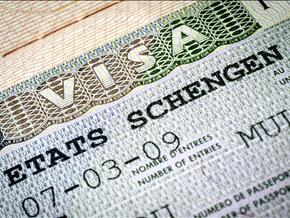 29-May-2024Schengen Visa Fee To Increase from June 11
29-May-2024Schengen Visa Fee To Increase from June 11 -
 29-Nov-2024Special Banking Hours for Hajj 2025 Applications This Weekend
29-Nov-2024Special Banking Hours for Hajj 2025 Applications This Weekend -
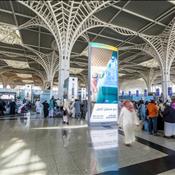 02-Nov-2019Madinah Airport
02-Nov-2019Madinah Airport -
 15-Aug-2023Holy Umrah Expedition 15 Day Umrah Package at a Reasonable Cost
15-Aug-2023Holy Umrah Expedition 15 Day Umrah Package at a Reasonable Cost -
 16-Mar-2020Top Tourist Spots in South Punjab
16-Mar-2020Top Tourist Spots in South Punjab -
 14-Jul-2021What Countries Require Travel Insurance in 2021
14-Jul-2021What Countries Require Travel Insurance in 2021 -
 26-Dec-2024Hiring of Services for Moavineen/ Nazims for Hajj 2025 Announced
26-Dec-2024Hiring of Services for Moavineen/ Nazims for Hajj 2025 Announced -
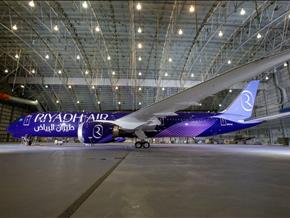 13-Sep-2024Riyadh Air Starts Test Flights - Will Launch Commercially From 2025
13-Sep-2024Riyadh Air Starts Test Flights - Will Launch Commercially From 2025 -
 01-Apr-2020Coronavirus: What Saudi Arabia Suggest Muslims Before Making Hajj Plans 2020
01-Apr-2020Coronavirus: What Saudi Arabia Suggest Muslims Before Making Hajj Plans 2020 -
 18-Nov-2024Hajj Application 2025- New Government Scheme Announced- Key Date and Detail Revealed
18-Nov-2024Hajj Application 2025- New Government Scheme Announced- Key Date and Detail Revealed -
 22-Jun-2025Azerbaijan Tourism Sector Rises by 9% despite Boycott by India
22-Jun-2025Azerbaijan Tourism Sector Rises by 9% despite Boycott by India -
.webp) 04-Apr-2025Prime Minister Takes Strict Action on Private Hajj Quota; Forms High-Level Committee
04-Apr-2025Prime Minister Takes Strict Action on Private Hajj Quota; Forms High-Level Committee
